There are just five of them around the world: They’re called Blue Zones, and they are where people live the longest. What is unique about these locations? According to Dan Buettner, head of the Blue Zones Project and author of The Blue Zones (National Geographic, 2012) and The Blue Zones Solution (National Geographic, 2015), people enjoy healthy eating, natural physical activity, strong family and community connections, and a slower pace of life. We caught up with Buettner to learn how he is helping spread this lifestyle around the nation.
You’ve identified five Blue Zones around the world. Are there more?
My team is working with demographers and believes there may be one more Blue Zone (but we’re not prepared to share that yet). After that, we don’t believe there are any more because globalization and shifting food cultures have wiped them out. To be a Blue Zone, you must have a culture with healthy traditions that is cut off from modern influences.
You are working with U.S. cities on your Blue Zones Project. Tell us about that.
We are working with 26 cities to help them make their environments healthier. We have to shift the focus from making sick people less sick to keeping them healthy in the first place by optimizing their environment. We help cities design streets for humans instead of cars. We work with restaurants, stores and businesses and offer Blue Zone credentials when they make healthy changes. We organize community walking groups called “Moais” (mo-eyes) to help people meet others who are interested in being healthy. Across our focus cities, we have raised activity by 30 percent.
What are some of the most common foods and drink that people consume in the Blue Zones?
The cornerstone of longevity is one cup of beans a day: lentils, garbanzos, black-eyed peas, fava beans. This can add four years to your life expectancy. There is a recipe for minestrone soup on our website (bluezones.com) that the longest-living family in Sardinia eats every day for lunch. Want another four years? Add a ¼ cup of cooked greens each day. Nuts are the go-to snack in Blue Zones. They’ll add two to three years. And drink six glasses of water each day.
In an article by food critic Jeff Gordinier, you say that for longevity it’s not just about what you eat, but how you eat, and how much you and your friends enjoy a meal together.
As a rule, you never want to be eating a meal with one hand on the wheel. In the Blue Zones, people eat with family, and they tend to eat more nutritious food more slowly. I am a big fan of expressing gratitude before a meal, too, because it forces you to look at food as something more than something you just stuff in your mouth. You are putting “punctuation” between the business of life and your meal.
For more on the Blue Zones Project, visit bluezones.com.

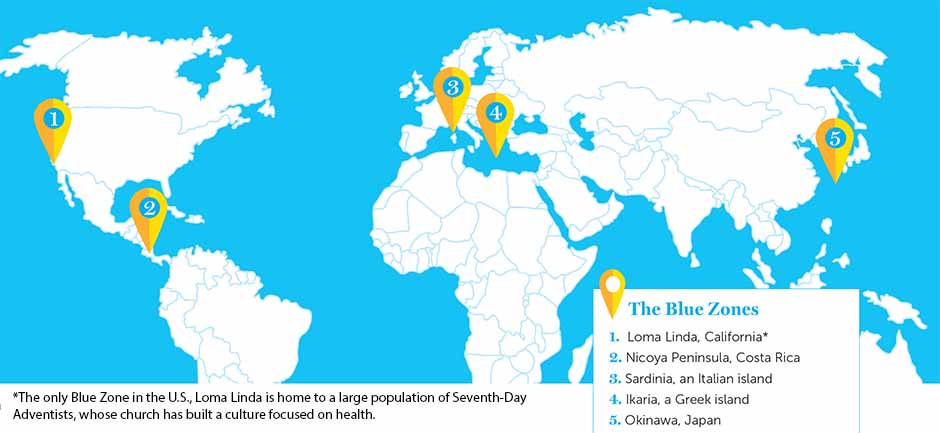



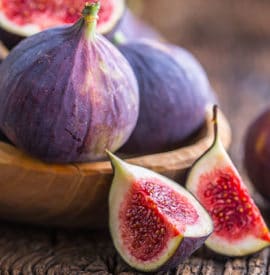
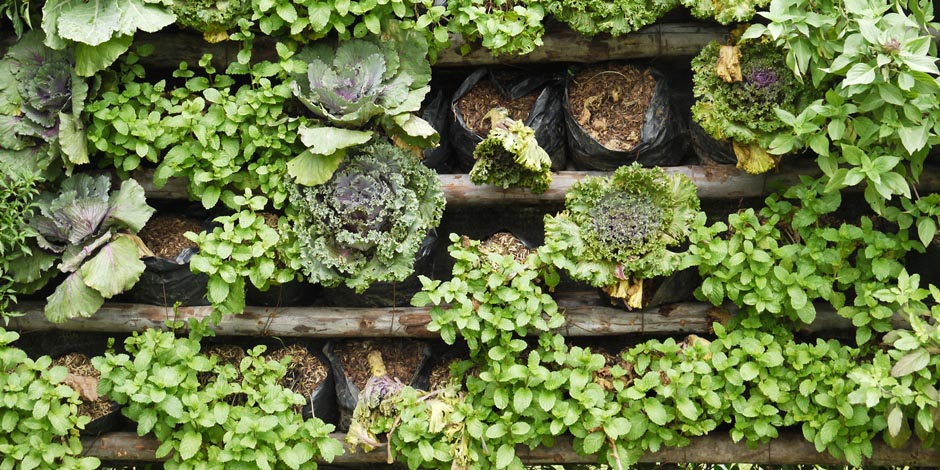
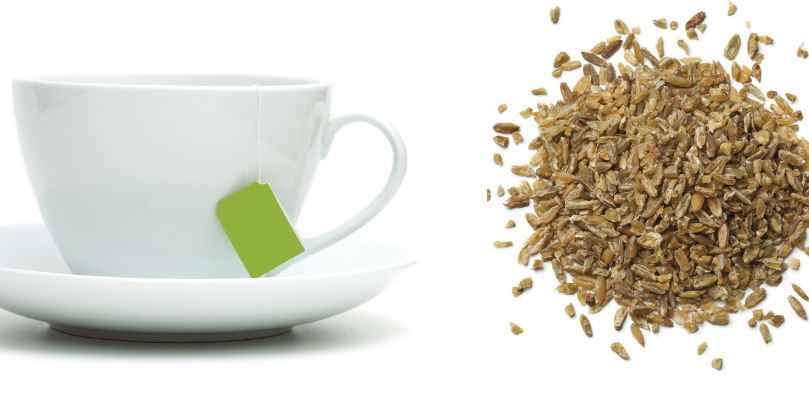
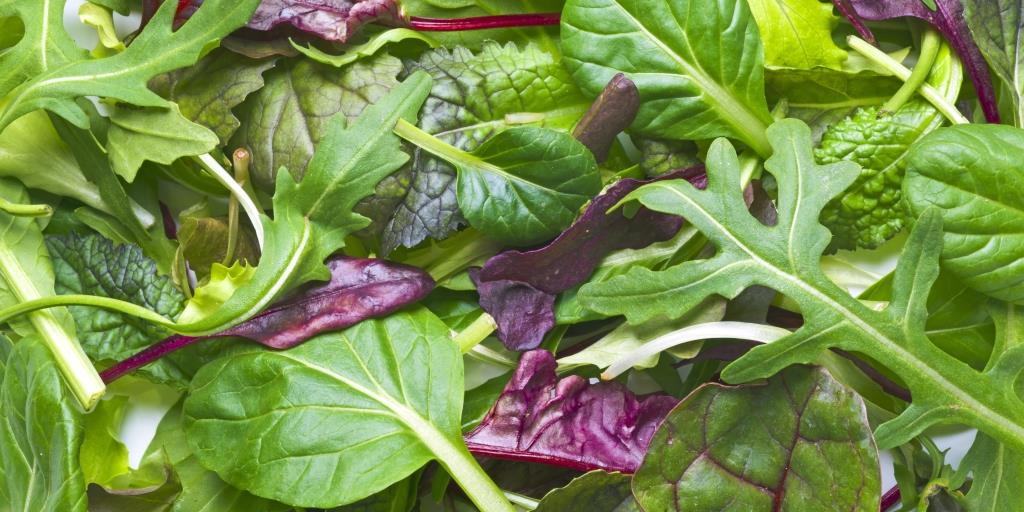
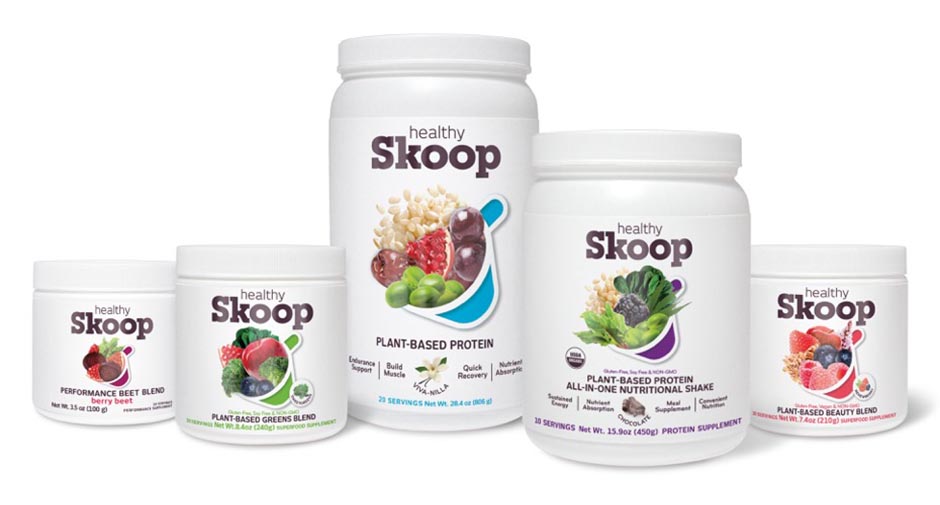
Comments